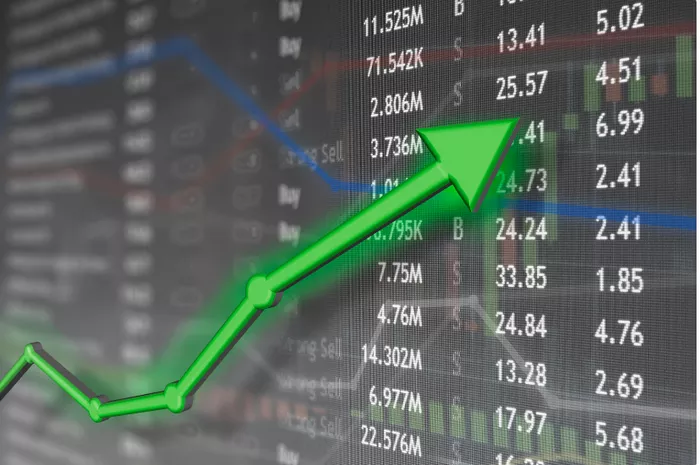Understanding futures prices is essential for traders looking to navigate the dynamic landscape of financial markets. Futures price quotes serve as vital indicators of market sentiment, providing valuable insights into price movements, trading activity, and potential opportunities for profit. In this article, we will delve into the intricacies of reading futures prices, covering key components of price quotes, contract codes, price changes, volume and open interest, tick size and value, leverage and margin, settlement and delivery, practical examples, and a glossary of common terms used in futures trading.
Understanding Price Quotes
Futures price quotes represent the current market value of a futures contract for a specific asset, such as commodities, currencies, or financial instruments. These price quotes are crucial for traders as they reflect market sentiment, supply and demand dynamics, and expectations about future price movements. By analyzing price quotes, traders can make informed decisions about buying or selling futures contracts to capitalize on potential price fluctuations.
Components of Price Quotes
Futures price quotes typically consist of several key components, including the opening price, high, low, and settlement price. The opening price refers to the price at which the first trade of the day occurred, while the high and low represent the highest and lowest prices reached during the trading session, respectively. The settlement price is the final price at which contracts are settled at the end of the trading day, determined based on the average trading prices during a specified period.
Reading Contract Codes
Contract codes are alphanumeric symbols used to identify futures contracts, specifying the underlying product, month, and year of the contract. For example, the contract code for a crude oil futures contract expiring in December 2022 might be represented as CLZ22, where CL denotes crude oil, Z represents December, and 22 signifies the year 2022. Understanding contract codes is essential for traders to identify and trade the correct futures contracts effectively.
See Also: What is the best platform to trade futures?
Interpreting Price Changes
Daily price changes in futures contracts provide valuable information about market sentiment and investor behavior. A positive price change indicates an increase in the contract’s value from the previous trading session, suggesting bullish sentiment, while a negative price change signifies a decrease in value, indicating bearish sentiment. By analyzing price changes along with other market indicators, traders can gauge market sentiment and adjust their trading strategies accordingly.
Volume and Open Interest
Trading volume refers to the total number of contracts traded during a specified period, such as a trading session or a day. Open interest, on the other hand, represents the total number of outstanding contracts held by market participants at the end of the trading day. High trading volume and open interest levels indicate active market participation and liquidity, while low levels may suggest limited interest or liquidity in the market.
Tick Size and Value
Tick size refers to the minimum price movement allowed for a futures contract, expressed in monetary terms. Tick value, on the other hand, represents the monetary value of each tick movement in the contract. Understanding tick size and value is crucial for calculating potential profit or loss on futures trades, as traders need to consider the impact of price fluctuations on their positions.
Leverage and Margin
Leverage amplifies both potential profits and losses in futures trading, allowing traders to control larger positions with a smaller amount of capital. However, leverage also increases the risk of substantial losses if trades move against expectations. Margin requirements dictate the amount of capital that traders must maintain in their trading accounts to cover potential losses, ensuring market stability and protecting against excessive risk-taking.
Settlement and Delivery
Futures contracts can be settled either through physical delivery of the underlying asset or cash settlement based on the contract’s value at expiration. Physical delivery involves the transfer of the underlying asset from the seller to the buyer at a predetermined price, while cash settlement entails settling the contract’s value in cash based on the difference between the contract price and the prevailing market price at expiration.
Practical Examples
Let’s consider a practical example of reading futures prices using real market data. Suppose an investor is analyzing price quotes for gold futures contracts expiring in February 2023. The contract code for this futures contract might be represented as GCG23. By examining the opening price, high, low, and settlement price, along with trading volume and open interest levels, the investor can gain insights into market trends and potential trading opportunities.
Glossary of Terms
Futures Contract: A standardized financial contract to buy or sell an asset at a predetermined price on a specified future date.
Trading Volume: The total number of contracts traded during a specified period.
Open Interest: The total number of outstanding contracts held by market participants at the end of the trading day.
Tick Size: The minimum price movement allowed for a futures contract.
Tick Value: The monetary value of each tick movement in the contract.
Leverage: The use of borrowed capital to increase the potential return on investment.
Margin: The amount of capital required to cover potential losses on futures trades.
Settlement: The process of concluding a futures contract, either through physical delivery or cash settlement.
Conclusion
Reading futures prices is a fundamental skill for traders seeking to navigate the complexities of financial markets. By understanding the components of price quotes, contract codes, price changes, volume and open interest, tick size and value, leverage and margin, and settlement and delivery, traders can make informed decisions and capitalize on potential trading opportunities. With the knowledge gained from this comprehensive guide and a solid understanding of market dynamics, traders can enhance their trading strategies and achieve their financial goals in the futures market.


